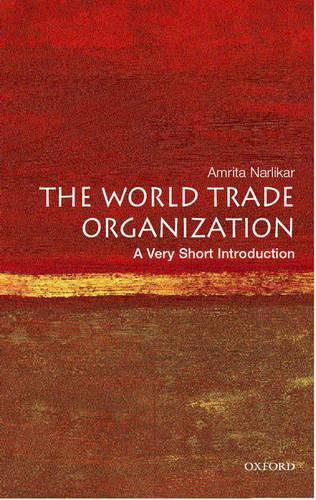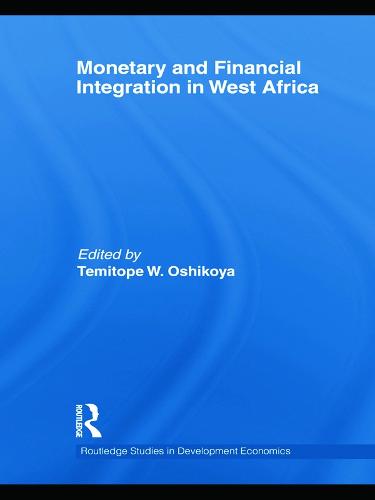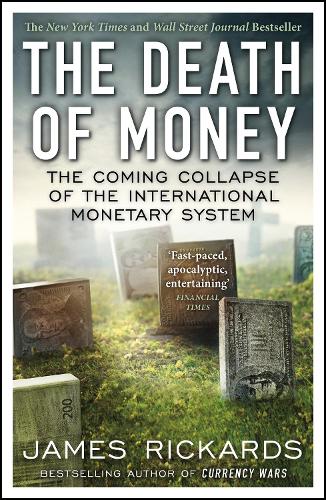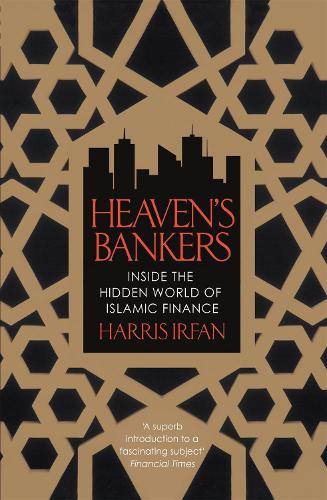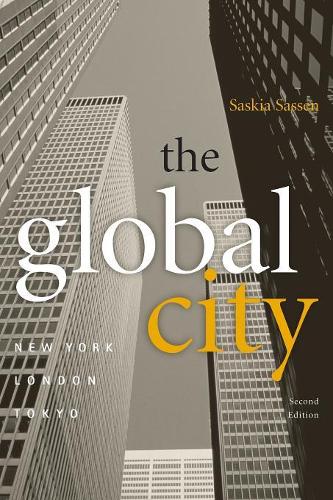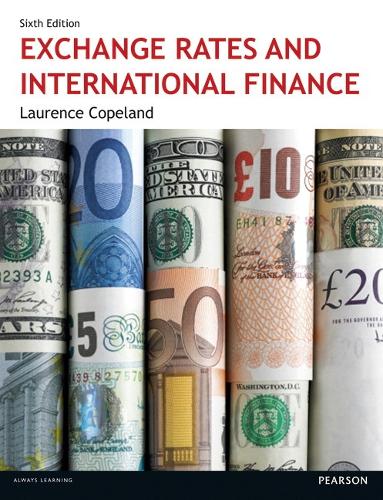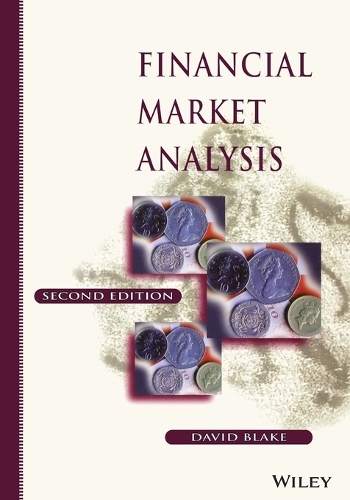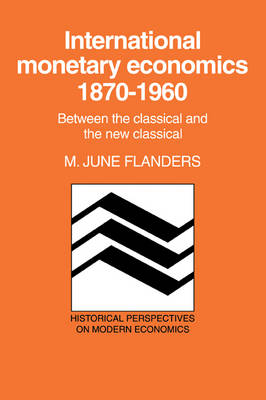
International Monetary Economics, 1870–1960: Between the Classical and the New Classical
Synopsis
This is a history of international monetary thought from the end of the nineteenth to the middle of the twentieth century. It provides a comprehensive survey of the literature produced on international macroeconomics for that period. It will be of interest to teachers of and graduate students in international monetary economics, monetary theory, and the history of economic thought. Professor Flanders argues that progress in the field of international monetary economics (or in the discipline as a whole) has not been linear. Instead of writing a sequential, chronological story, she has classified the literature according to groupings of ideas and classes of models. After a brief survey of the Classical doctrines, the book covers the developments of major approaches, which are labelled Neoclassical, Late Classical, and Keynesian. The models are conceptualized in two streams: stream F encompasses formal, long-run equilibrium models, all of which emerge from a common proto-model involving the endogeneity of the money supply under fixed exchange rates. Stream P deals with policy-oriented short-run equilibrium and disequilibrium approaches. There is emphasis throughout on the varying roles assigned by the several approaches to international trade in financial assets, that is, to international capital flows.
- Publisher: Cambridge University Press
- ISBN: 9780521031851
- Number of pages: 384
- Weight: 581g
- Dimensions: 228 x 151 x 22 mm
